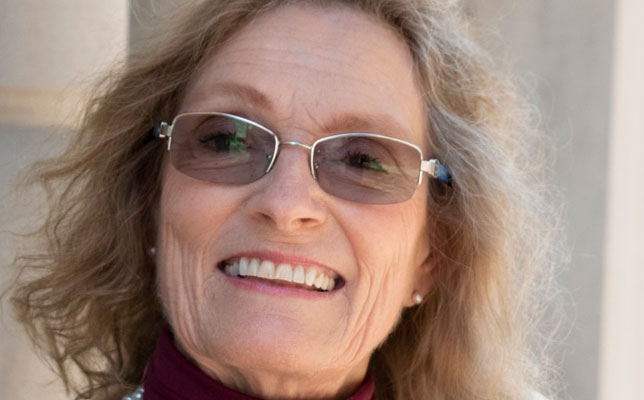This guest post is by Gayle H. Swift, an adoptive mother, adoption professional and author.
The main focus of National Adoption Awareness Month centers on the need to find families for children in foster care for whom family reunification is not possible.
By natural association, this awareness campaign also brings to mind the general idea of adoption.
Adoptive parents in particular want to share their delight; adoption was the mechanism that fulfilled our dream.
As an adoptive parent, I understand that. As both an adoption professional and an adoptive parent, I frequently assert that #AdoptionMatters.
 Because I believe adoption matters, I encourage people to speak about it.
Because I believe adoption matters, I encourage people to speak about it.
Before we do that, we must learn about it, become truly educated on it so that we can distill the truths from the myths, and embrace the complicated realities with awareness and compassion.
How do we create the healthiest, most loving families for children who were adopted? On what beliefs and values must we operate?
Adoption is too significant to rely on what we think is true. Our involvement with adoption must arise from fact-based knowledge and must center around what is best for the children.
A loving, safe, permanent family is both a joy and a blessing. Equally true, the loss of a family, no matter how unavoidable, is traumatic and the repercussions last a lifetime.
Still, whether from foster care or otherwise, one of the uncomfortable truths about adoption is that all adoptions begin with a significant, life-long loss for the child: separation from his first family.
As loving, intentional adoptive parents, we recognize this painful reality so that we can develop the skills and understanding to support our children through their processing of this loss.
We must update the parenting templates of our families of origin and embrace an Adoption-attuned blueprint that recognizes and addresses the extra layers that adoption imposes.
The elements of Adoption-attunement are included at the end of this essay.
Read through each one and imagine how it contributes to creating a relationship system that honors the complex puzzle of gain and loss in adoption.
Adoption-attunement moves beyond the rose-colored glasses and bravely advances a more inclusive perspective that accepts that adoption creates not a completely benign solution, but one which includes real loss and challenges as well.
Parents who embrace adoption-attunement and commit to developing a high “AQ” know that by acknowledging the hard stuff with their kids, they can then become the safe harbor to which their children can turn for support, affirmation, security and love. Isn’t this the highest purpose we have as parents?
Read through the list below. Explore how each element nurtures an approach of respect, validation and empathy.
As these elements interweave, they build a strong network of support and understanding that helps adoptees cope and grow into healthy, balanced, capable individuals who understand their dual heritages and what each contributes to them.
Adoption-attunement* Elements
- Considers grief and loss issues
- Uses sound adoption language
- Understands the attachment process
- Respects birth parents and first families
- Models, teaches, and holds healthy boundaries
- Educates family, friends, teachers and faith communities on adoption
- Remembers a child’s story belongs to him
- Recognizes adoption as a family experience
- Encourages playfulness and good humor as a family value
- Integrates a child’s birth heritage
- Honors a child’s need to know and connect with birth familyNurtures and values a child’s innate talents, encourages her to be herself
- Parents work through their own grief and loss issues
- Follows ethical practices
- Operates with a child-centric focus
Gayle H. Swift is an adoptive mother, former foster parent and a co-founder of GIFT Family Services which provides coaching support to adoptive and foster families before, during and after adoption. She’s the co-author of several books including the multi-award-winning ABC, Adoption & Me: A Multicultural Picture Book, a revised, re-illustrated version has been and re-released “We’re adopted, So What?” and the award-winning “Reimagining Adoption: What Adoptees Seek from Families and Faith.” Her blog, Writing to Connect reviews general interest books through an Adoption-attuned lens and looks for ways to use books to serve adoptive families and begin important adoption conversations.
Do you have an adoption story to share? Email us any time or find out more about how to share it with our community.
Help us remove the stigma surrounding open adoption. Like us on Facebook.
